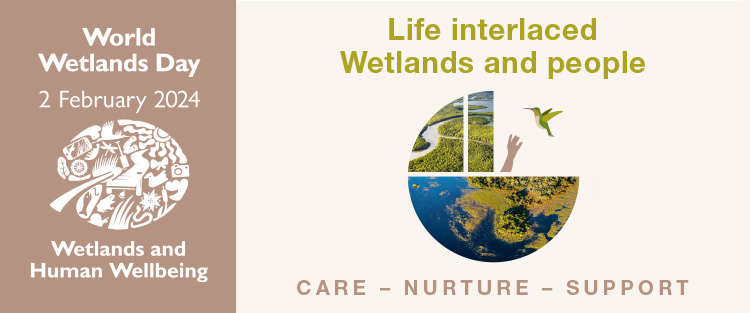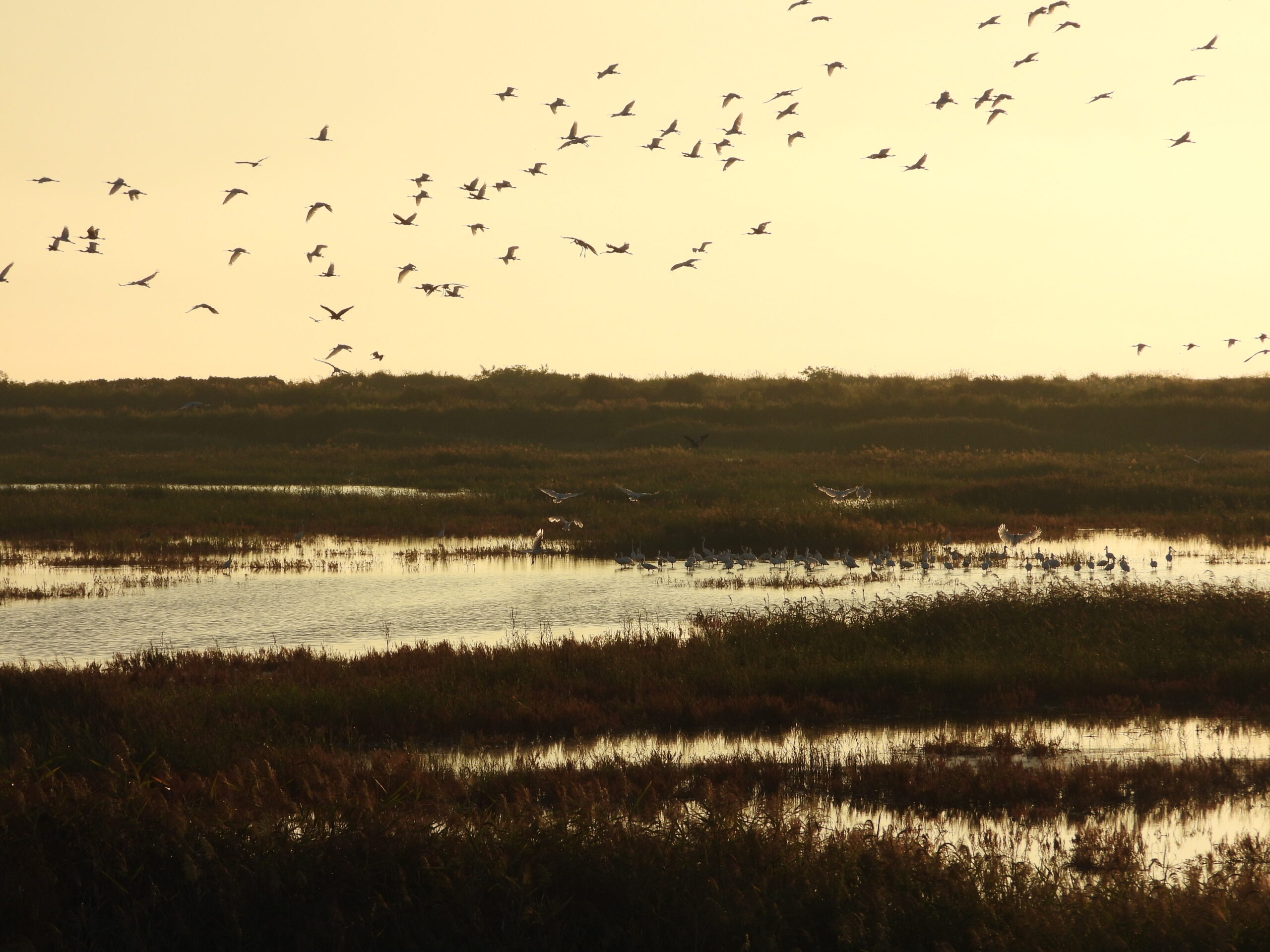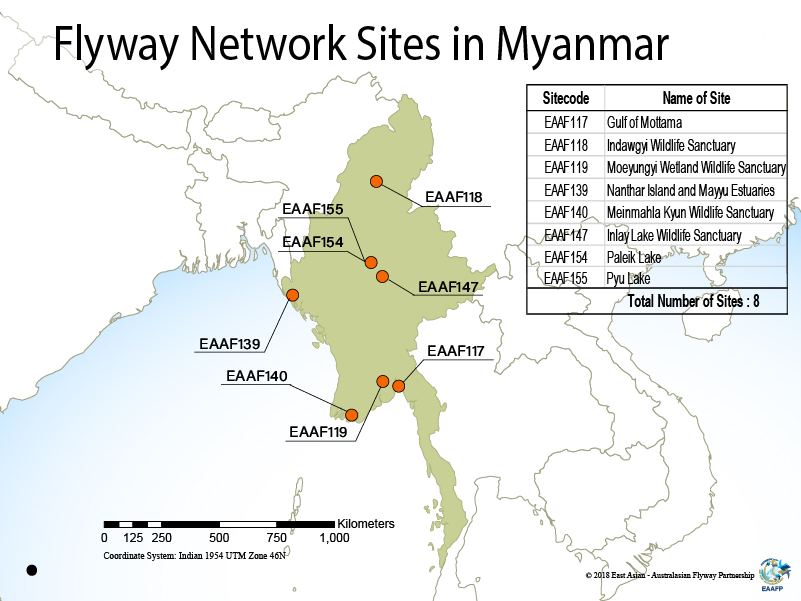
Each year on 2 February, we celebrate World Wetlands Day to mark the adoption of the Ramsar Convention on Wetlands in 1971 in Ramsar, Iran. This year, convened by the Secretariat of the Convention on Wetlands, the theme is “Wetlands and Human Wellbeing”, and Dr. Musonda Mumba, the Secretary General, clarified that its objective is to ‘raise awareness and increases people’s understanding of the critical importance of wetlands.’ Indeed, throughout history, humanity has relied on wetlands in every corner of the world, drawing sustenance, inspiration, and resilience from these crucial environments.
Across the globe, wetlands cover just a small fraction of the Earth’s surface—only 6%, to be precise. However, their significance far exceeds their size. FAO Director-General, Dr. Qu Dongyu, also fittingly described these ecosystems, which range ‘from mighty inlets, mangroves and mud-flats, to flood-plains, peat bogs, fishponds and rice paddies‘, as valuable sources of freshwater and sustenance that benefit the livelihoods of over one billion people worldwide. Along the seaboards of East and Southeast Asia alone, almost one-third of the global human population resides. Yet, their importance does not end there. Twice a year, up above us, a staggering number of more than 50 million migratory waterbirds, representing over 200 species, soar along some of these same extensive network of waterbodies, journeying from one end of the earth to the other on this renowned migration route we know as the East Asian–Australasian Flyway.
 Sunset over roosting Black-faced Spoonbills at Ganghwa Island © EAAFP
Sunset over roosting Black-faced Spoonbills at Ganghwa Island © EAAFP
Regrettably, these habitats are rapidly vanishing due to human activities, disappearing at a rate three times faster than forests. Over the last 50 years (since 1970), the world has witnessed the loss or degradation of over 35% of its wetlands. In the East Asian–Australasian Flyway, nearly half of the wetlands have vanished, while the Yellow Sea has seen tidal flats diminish by as much as 65%. As a consequence of this decline, numerous wetland-dependent and aquatic species are being pushed to the edge of extinction. In the face of this crisis, no single country possesses the resources or reach to address the challenge alone. Truly, the conservation of wildlife and its habitat, especially migrating shorebird species, demands collective action.
Within the East Asian–Australasian Flyway Partnership (EAAFP), Site Managers from across the East–Asian Australasian region can nominate vital bird habitats to be part of the Flyway Site Network (FSN). Once integrated into the FSN, these sites can come together to protect migratory birds and their ecosystems. The collaborations that ensue can include sharing of expertise, securing new funding sources, and implementing innovative strategies to enhance site management. Therefore, it was a moment of great pride when, on November 16th, 2023, the EAAFP celebrated the inclusion of two new Flyway Network Sites (FNS) in the Republic of the Union of Myanmar: Paleik Lake (EAAF154) and Pyu Lake (EAAF155). These additions mark the seventh and eighth FNS in the country, showcasing the expansion of the FSN and the unwavering dedication of the EAAFP and its partners to safeguarding habitats for migratory birds.
 The eight Flyway Network Sites in Myanmar (updated Dec. 2023) © EAAFP
The eight Flyway Network Sites in Myanmar (updated Dec. 2023) © EAAFP
But big or small, every effort counts. For individuals, this can translate to making conscious choices to combat wetland pollution, engaging in global conservation initiatives, and actively participating in local wetland restoration projects. Given the mere six years left to achieve the Sustainable Development Goals by 2030, Dr. Mumba underscored the pressing need for everyone to take action now. This sentiment is echoed by Dr. Qu, who also emphasised the imperative to upscale and invest in transforming agrifood systems. He advocated for making these systems more efficient, inclusive, resilient, and sustainable, ultimately aiming for ‘for better production, better nutrition, a better environment, and a better life, leaving no one behind‘.




